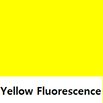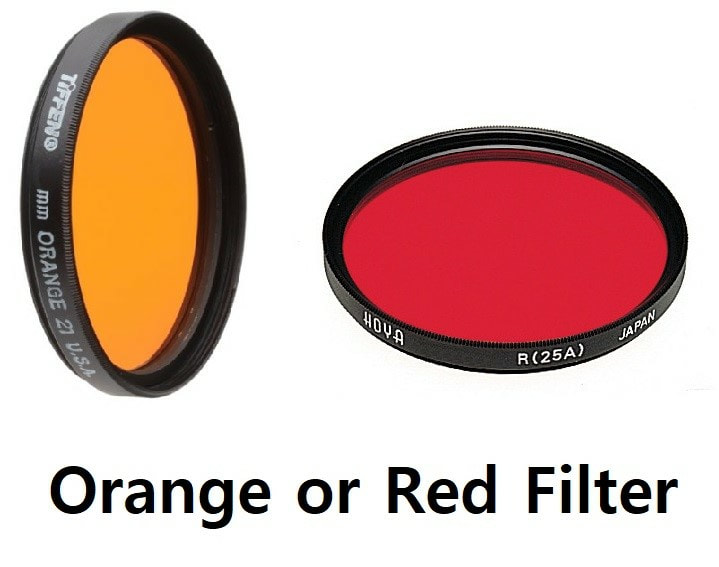|
Formula
Procedure of Application
Development Complete When
Source of Error
Incompatibilities
Precautions
Storage Container
Safety
Recommendations
Similar Reagent
Sequential Reagent
Formula
(mix in the following order)
Procedure of Application
Development Complete When
A light pink color is noted after baking the item. Viewing under a forensic light source with appropriate barrier filter produces a strong fluorescence. Source of Error
Use of acetic acid in the formula may produce an adverse reaction contributing towards a deterioration of the mixture. Unstable (expired) working solutions may be inadequate for proper ridge detail development. Incompatibilities
Not suited for non-porous surfaces or porous items which have been wet. Items which may deteriorate when oven-baked at 100 degrees C for 10 - 20 minutes. This reagent performs poorly on low quality papers such as like newspapers, cardboard, and recycled paper. Precautions
Avoid exposing the treated item to intense light or sunlight, since photochemical reactions may cause photoionization of the reagent and less-intense fluorescense. Keep the treated evidence items under darkened conditions until all the proper recording (photographic and-or digital) have been performed. Storage Container
Dark stoppered glass bottles. Safety
Fume hood use is required for reagent preparation and application. Recommendations
Fluorescence of the ridge detail may be restored after storing the treated item in the dark overnight. Zinc chloride treatment should improve the fluorescense of the 1,2-Indanedione developed ridge detail. When choosing between this reagent and ninhydrin, this reagent should be used as the primary reagent. Similar Reagent
Sequential Reagent
Vertical Divider
|
Chemical Name
1,2-Indanedione Surface Used On Dry Porous Documents Sensitive To Amino Acids and Eccrine Components Abridged Reagent Sequence
Vertical Divider
|
Ridge Detail Visualized by:
Forensic Light Source induced Reagent Applicabilities: Porous Surfaces Amino Acid Developer Fluorescent Technique Raw Wood Surface Other Chemical Name(s): 5,6-dimethoxy-1,2-indanedione |
Process Summary:
A amino acid sensitive reagent that is comparable to D.F.O. processing. Ridge detail developed with 1,2-Indanedione will fluoresce yellow 515 - 570 nm. Optimum viewing and photographing is done with a orange or red barrier filters. Post-treatement can be performed with Zinc chloride to improve the fluorescence of the ridge detail. Reports suggest that 1,2-Indanedione upon Zinc chloride treatment and cooling with liquid nitrogen produces superior fluorescence of ridge detail as compared to DFO.
Little discoloration of the treated porous items can be expected with this reagent as compared to the yellow discoloration that may be seen with DFO treated paper items.
A amino acid sensitive reagent that is comparable to D.F.O. processing. Ridge detail developed with 1,2-Indanedione will fluoresce yellow 515 - 570 nm. Optimum viewing and photographing is done with a orange or red barrier filters. Post-treatement can be performed with Zinc chloride to improve the fluorescence of the ridge detail. Reports suggest that 1,2-Indanedione upon Zinc chloride treatment and cooling with liquid nitrogen produces superior fluorescence of ridge detail as compared to DFO.
Little discoloration of the treated porous items can be expected with this reagent as compared to the yellow discoloration that may be seen with DFO treated paper items.
Accepted Deviations:
Pentane, Heptane or HFE-7100 can be substituted for Petroleum ether as the carrier solvent.
Pentane, Heptane or HFE-7100 can be substituted for Petroleum ether as the carrier solvent.
Supporting Reference Materials:
- Ramotowski, R.; Cantu, A.A.; Joullié, M.M.; Petrovskaia, O. "1,2-Indanediones: A Preliminary Evaluation of a New Class of Amino Acid Visualizing Compounds", Fingerprint Whorld, Vol. 23, No. 90, 1997, pp. 131-140.
- Almog, J., Springer, E., Wiesner, S., Frank, A. et al., "Latent Fingerprint Visualization by 1,2-Indanedione and Related Compounds: Preliminary Results", Jor. of Forensic Sciences, Vol. 44, No. 1, 1999, pp. 114-118.
- Minutiae Magazine, Summer Special 1994, Issue No. 24, pg.7.
- "Chemical Formulas and Processing Guide for Developing Latent Prints", U.S. Dept. of Justice, pg. 47-48, 1994.
- Roux C., Jones, N., Lennard C., Stoilovic, M., "Evaluation of 1,2-indanedione and 5,6-dimethoxy- 1,2-indanedione for the Detection of Latent Fingerprints on Porous Surfaces", Jor. of Forensic Sciences, Vol. 45, No. 4, 2000, pp. 761-769.
- Kasper, S., Minnillo, D., Rockhold, A., "Validating IND (1,2-indanedione)", For. Sci. Communications, Vol. 4, No. 4, Oct. 2002.
- Wiesner, S., Almog, J., Sasson, Y., Springer, E., "Chemical Development of Latent Fingerprints: IND has come of age", Jor. For. Sciences, Vol. 46, No. 5, 2001, pp. 1082-1084.






